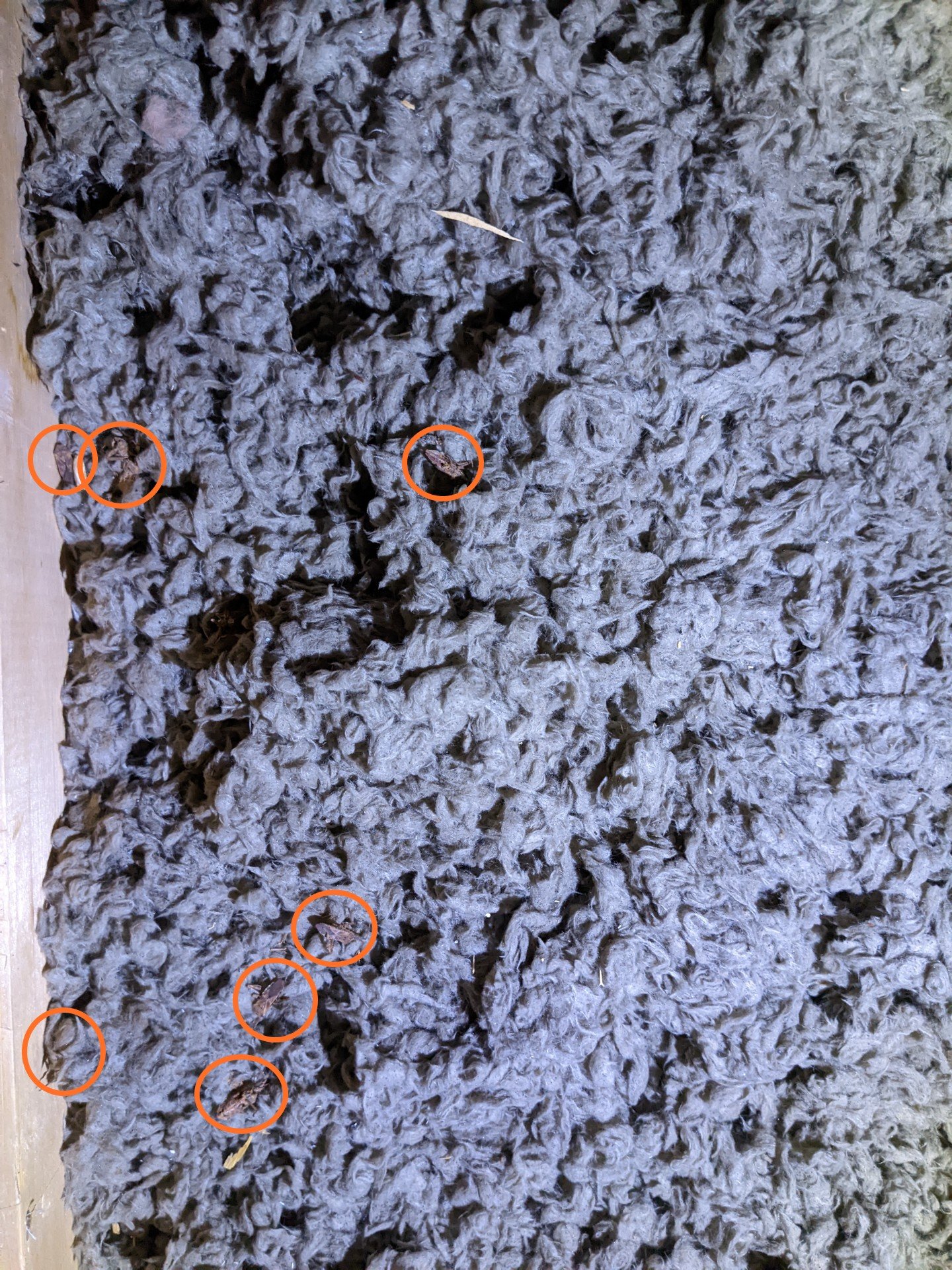The hazards of being a home inspector
Home inspector injuries: There are many dangers encountered by home inspectors in their day to day.
Is home inspection a dangerous career? It can be. While home inspection is definitely not the most dangerous occupation, if you ask any inspector, you’ll probably find they’ve at least suffered a minor injury and have heard of other inspectors that have been more seriously injured. Although inspectors are trained to avoid danger, risk and inconvenience, every home and every day is different, and accidents can happen.
Some inspectors feel their biggest threat is the their own focus and concentration. Because they’re constantly observing, scanning, inspecting, testing, and reporting while navigating a home, their focus isn’t always on their own body within the physical space. Home inspectors spend a lot of time taking photos, scanning systems, testing materials, and often have their hands full with a flashlight, phone/tablet, and other tools. Here are some of the potential hazards for home inspectors while on the job:
Contaminated air
Dangerous gases and fumes and contaminated air are hazards to home inspectors. There might not be enough contaminated air or dangerous particulates from one home or one attic to cause harm, but constant exposure to dust, mold, drywall and insulation particles, and even asbestos can damage the respiratory system. Dust and particles from mouse and pest droppings can also be very dangerous to breathe in. Many inspectors wear masks or respirators when entering potentially cumbersome spaces like crawlspaces and attics to help keep their lungs healthy.
Cuts
Although inspectors avoid touching too many items in a home, they need to grab a hold of railings, wall cladding, doors, window and structural materials to test them, and they sometimes encounter sharp surprises. Attic sheathing and lumber is often full of exposed nails which are an obvious threat to home inspectors. Wood decks can have nails and screws sticking out at unlikely places. Inspectors crawl through narrow crawlspaces and tight attics that have dangerous nails driven completely through the floor or ceiling. Sharp siding, jagged flashings and trim can cut the skin. Some inspectors prefer long pants and sleeves and wear gloves and hats to help prevent injuries.
Electrocution
Many home inspectors remove electrical panel covers to inspect the panels and wiring more closely. Although they should not be touching any wires, if the panel is still live there’s risk of electrical shock or injury from arcing or other electrical defects. Loose wires can be a threat as well—inspectors often come across unsecured or loose live wires throughout homes. Improper fasteners (like drywall screws or wood screws) used to secure panel covers or junction boxes can accidentally become energized and cause electrocution.
Falling
Since inspectors often get onto rooftops, the danger of falling off a roof and being seriously injured, or even killed, is a real one. Over the years, several inspectors have been forced into retirement after falling and breaking ankles and other bones, and a few inspectors have even died on the job from falling. Improperly constructed decks and balconies can collapse and cause severe injuries.
Home inspectors are not supposed to climb onto roofs that are wet, icy, or frosty, and they shouldn’t walk on wood roofs, clay roofs, or metal roofs because of their slippery nature. Inspectors do not wear fall protection devices like harnesses, and they often feel pressure to try to access those hard to reach places whenever possible and some take unnecessary risks.
Head injuries
Small spaces, especially in older homes can be dangerous. Tall inspectors sometimes hit their heads when entering and exiting crawlspace access or when walking down stairwells or through basements with low ceilings. Some inspectors wear toques or beanies on their heads, and one of the most important tools for a home inspector is their flashlight, which they use to illuminate areas like attics and lofts to help prevent painful bumps.
Pests
Home inspectors come across wasps, spiders, bugs, rats, mice and other pests on a weekly basis at a minimum. Wet and moist spaces attract mosquitos and vermin. Sometimes home inspectors can come across several hornet or wasp nests in a single property! Home inspectors get bitten and stung by pests while on the job. They also come across plenty of rodent droppings and skeletons in basements, crawlspaces and attics, in garages and below decks.
Projectiles
Random falling objects in a home are more of an issue than one might expect. Opening or closing a window or door that’s not often used can cause loose items to fall off shelves and bookcases, causing injuries. Manually testing items that are improperly secured can cause them to suddenly drop off a wall and cause damage. Energized nails that were driven into a hot electrical wire have shot out like bullets when disturbed and have caused injury.
Stepping in it
“Land mines”, doggy doo, puppy poop: Whatever you call it, it’s a dirty hazard. While home inspectors are inspecting the exterior of the property, visually scanning, and interacting with their tools, the building, and their reporting software, they need to be alert about every step or they can and up standing in the wrong place. Unfortunately, home inspectors are all too familiar with pet droppings and the potential mess that comes with them. If you’re having guests or workers in your yard, please clean up after your pets.
Tripping
Cracked walkways, uneven driveways, tree roots, garden hoses and other objects pose a tripping hazard for inspectors as they explore the property and grounds of a home. Because they are inspecting at a micro and macro level, they don’t always pay attention to every single step they take, and because they often are holding something in one or both hands, the consequences of a simple fall can be amplified.














